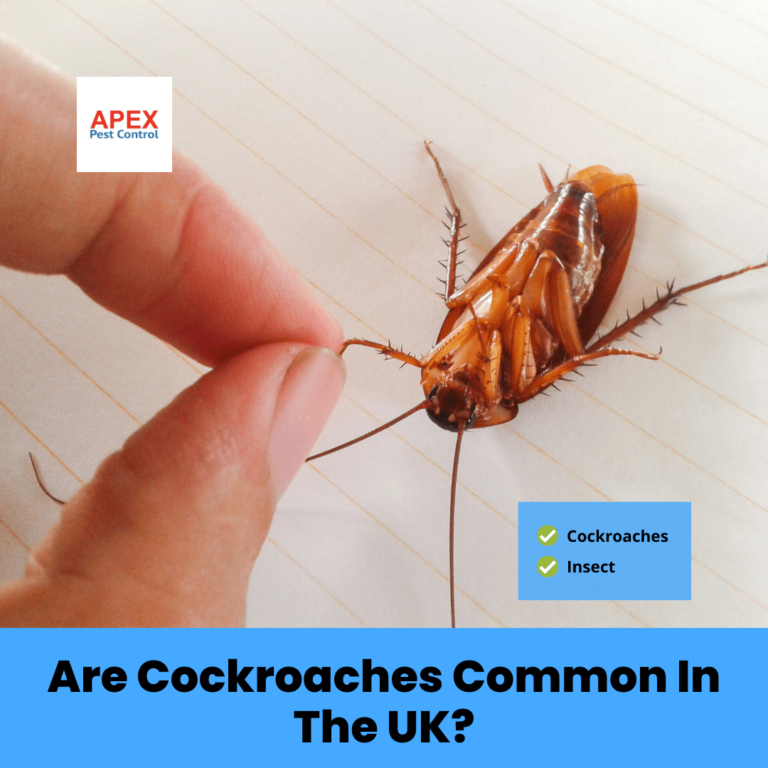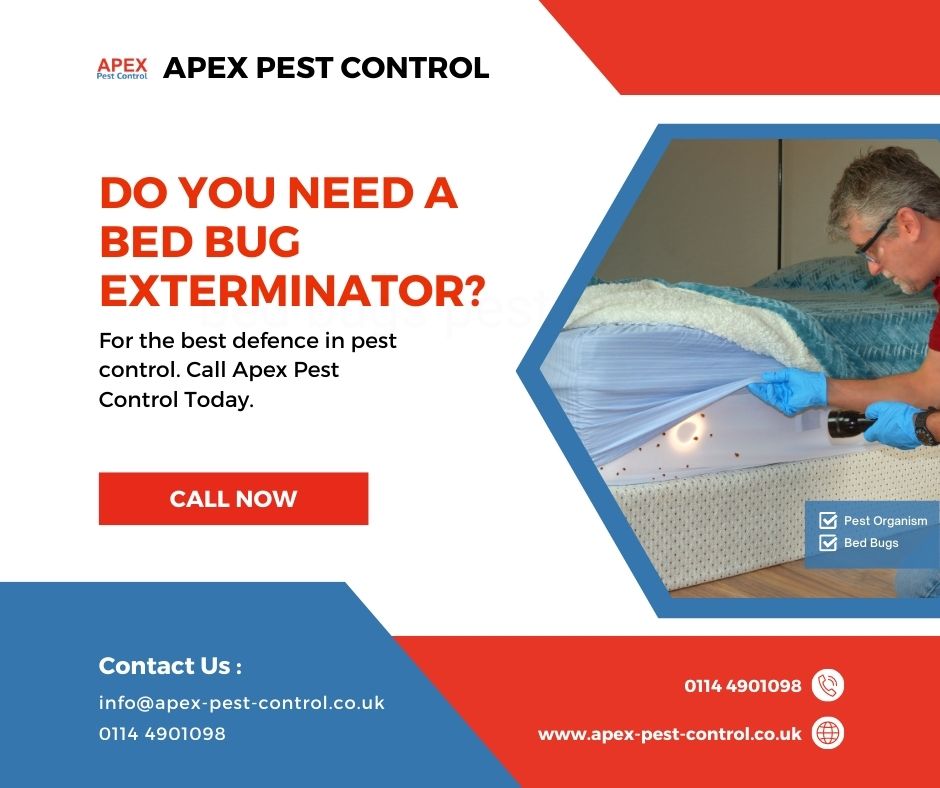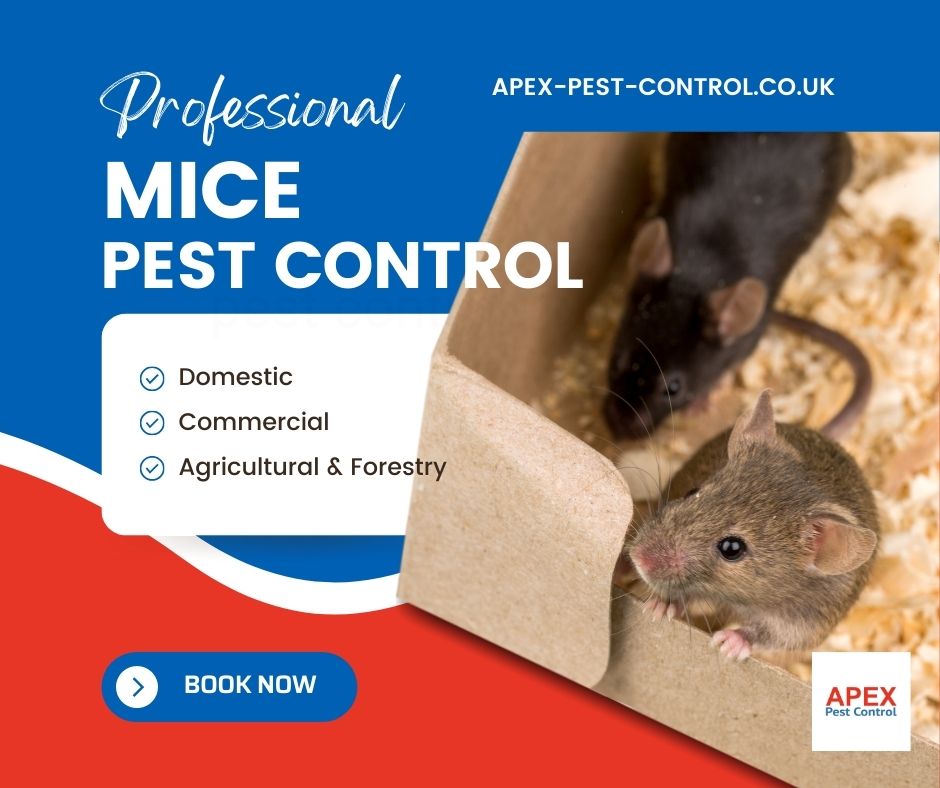

Best Way To Get Rid Of Mice

How To Get Rid Of Cockroaches UK?
Cockroach Extermination
Are You Looking for Cockroach Extermination in The UK?
A cockroach infestation can be a problem for both home and business owners. Whether you live in the UK or the USA, cockroaches can cause many problems. For instance, they can bring illnesses to humans. They can also spread bacteria that can cause food poisoning. In addition, cockroaches have a tendency to move from sewers to buildings, where they contaminate food. This leads to the need to get rid of cockroaches.
Are Cockroaches Common in the UK?

Cockroaches are a worldwide problem. Some species are even found in Antarctica. In the UK, they are most common in southern areas. There are four main species in the UK. Some species are common, and others are rare.
The most common type of cockroach in the UK is the German cockroach. These tiny insects feed on virtually anything and can produce over ten thousand offspring a year. The particles they leave behind are contaminated with allergens that can cause a number of unpleasant symptoms.
Cockroaches are a nuisance and a health risk. They can contaminate food, cause allergic skin reactions, and produce a foul odour. While you may not be aware of the presence of cockroaches in your home, you can take steps to avoid them.
Firstly, consider the location of your property. Cockroaches prefer warm, humid conditions, and they will tend to live in drains and cracks.
The most common species of cockroaches in the UK are the German cockroaches and Oriental cockroaches. They range in size from 10 to 23mm and have two sets of wings. Cockroaches in the UK are usually German or Oriental in colour. They are common in basements and kitchens, and they can also survive outdoors.
Read more:https://apex-pest-control.co.uk/cockroach-extermination/
What Is The Most Effective Method For Removing Wasp Nests

What is the most effective way to get rid of wasps?
Pest exterminators have access to personal protective equipment (PPE) and also to respiratory protective equipment (RPE). This protects them completely against the wasps sting, which guarantees their safety while removing the wasp nest. Working in tight spaces: A wasp nest removal specialist is trained and certified in working in tight spaces, like your attic. This procedure can be used to safely remove the wasp nest from the property. Pest control professionals know all about their behaviour and instincts, and also know how to find indicators that you are allergic to the stings from a wasp. Wasp Exterminators have access to various pest control methods the general public does not, and are professionally trained in using them. These products have a proven track record for treating wasp nests, and are more effective than any do-it-yourself product on the market.
How to Remove a Wasp Nest
Approach nests with caution at night. Cover the whole nest thoroughly with garbage bags. Remove the wasp nest from the tree or wall it is attached to and seal the waste bag. Dispose of the trash bag in an outside trash bin with a tight-fitting lid, preferably far away from your home.
What you can do to prevent a wasp nest from taking hold?
Regularly inspect the property for presence of wasps and to verify that all gaps and potential entry points are sealed; If you install flying screens at windows and doors, then the wasp colonies cannot get into your property. Set wasp traps throughout your backyard. These can be purchased from a local home improvement store or online. An empty bottle, water, and sugar can also be used to make your own at home.
What Is The Best Way Of Getting Rid Of Bed Bugs

The 8 Most Helpful Ways To Get Rid Of Mice

The first step to learning to eliminate mice is to decide whether you want to tackle things the easy way or the hard way. It could be as easy as making one call on your phone to a professional pest control company that will help you eliminate mice, or it could be like you are hunting invisible mice down a wall. Here's everything you need to know about getting rid of mice, should you feel brave enough to tackle these disease-carrying rodents yourself.
1. Remove any potential entry points.
Building a home that is resistant to mice, also known as mouse-proofing, is a successful strategy for keeping mice infestations from spreading or starting in the first place. Eliminate points of entry and easy entry points to keep mice away from your property. This can be difficult to do with the ability of the mouse to squeeze itself through even the most minuscule openings (one-quarter inch or more). A good rule of thumb is if a pencil can squeeze through a crack, hole, or crevice, so can a mouse.
Seal foundation cracks, and also holes in your walls, like the ones that house your service pipes and ventilation. Steel wool and caulk are good options for these situations. As a sealant, avoid using plastic, rubber, wood, or anything that mice could easily chew. Make sure that your doors have weatherstripping to create a seal on the threshold when it is closed, and obtain weatherstripping for gaps in doors and windows.
2. Make use of mousetraps.
Mouse traps are the best way to help get rid of mice during a current infestation. For small-to-moderate mouse populations, a traditional snap trap made from wood may be sufficient, but remember, most people underestimate mice infestations. It is not uncommon to set up a dozen traps for one single mouse -- or what you think is one mouse. It is also a good idea to set up different types of traps. In addition to the wooden ones, use bait snares, multiple-catch, live-traps, and glue traps. This increases the chances that you will capture all the mice, since some might be attracted to some of the traps and will know how to avoid it.
3. Selecting The Best Mouse Bait For Snap Traps.
You can use approved food for mice, such as chocolate, peanut butter, bacon, oatmeal, dried fruits, or a hazelnut spread, or you can use any food that mice eat around your house. Tie your bait to your mouse traps using fishing line or dental floss when you are ready to set your baited trap. This will make sure that the mouse gets its fair share, not "stealing cheese". A hot glue gun may also be used to hold down bait. Every couple of days, change out the bait for fresh ones. If food does not work, try using cotton balls or feathers for nesting materials.
4. Mouse traps need to be placed properly.
Placing traps perpendicular to a wall, and the trigger portion facing a baseboard is a good idea. This encourages a mouse to come right at the bait when he is running up a wall, instead of running at the trap from the wrong direction, which will set it off early. Mice will not venture farther than about 10 to 20 feet from their food sources and their nesting areas (i.e., their territories), so place the traps anywhere that you have observed mice or evidence of mice, such as mouse droppings on the floorboards or the walls "rubbing". Every couple days or so, change the location of the traps. Mice, unlike rats, are naturally curious and do not shy away from a trap.
5. Bait Stations
Bait stations (also known as bait bags) are sealed pouches that have food scraps or pellets in them. They are typically wrapped in plastic, paper, or cellophane, making them easier for mice to chew on and reach a preserved, fresh bait. The mice will eat the bait, dying as a result. While these chemicals may be helpful in getting rid of mice, it is best that these chemicals are handled by trained pest control technicians in order to ensure the safety of yourself, your kids, and your pets.
6. While good hygiene does not keep mice out, poor hygiene does.
Mice can survive on only 3 or 4 grams of food a day, so some scraps here and there are enough. Vacuum the floors and clean off the countertops to get rid of any residual food, scraps, or potential sources of food. Mason jars or sealed containers are perfect for storing food. Do not forget to seal your garbage cans. Mice have powerful incisor teeth, which can chew through just about anything, including concrete, if a tantrum strikes, so plastic bags are no match for these voracious eaters.
7. Get rid of mice, whether in or out of your home.
Remove any trash the mice may have used for shelter. Keep grasses to the side, and remove holes and nesting places when you find them. Nesting and burrowing can be prevented by covering the foundations of your house with a thick strip of gravel. The less clutter and trash that surrounds your home and property, the easier it is to spot indicators of rodent activity and keep mice on the trail.
8. Mice vs. Cats.
Mice are the favourite food for many cats. Even the dogs join in on the fun. If you have pets, they might be the most efficient way to trap the mouse, and they do not need to lift a finger. If you do not have pets yet, this is the best time to stop watching cat videos on YouTube and go get one. Many farms use backyard cats or barn cats to keep mice in check. Of course, some pets are not concerned about mice, which is understandable given the way that many owners handle their pets.
If you are dealing with a serious mouse problem that could endanger your family, consider using rodent traps or calling in a professional pest control company.
Still cannot seem to get rid of those pesky mice? We will find invading mice, determine the most effective method for getting them out of your home, then develop a strategy for keeping them away from returning, all through Apex Pest Controls Rodent Management Services. To get started, please schedule your Inspection today.